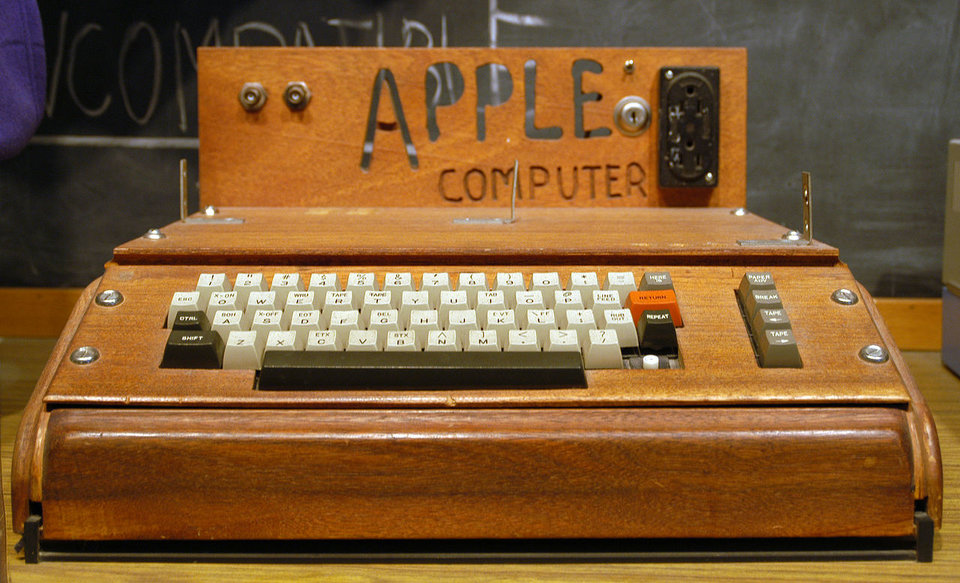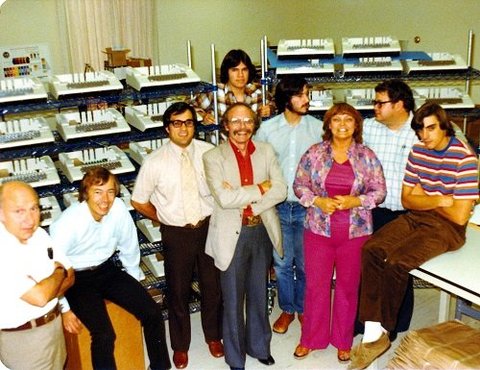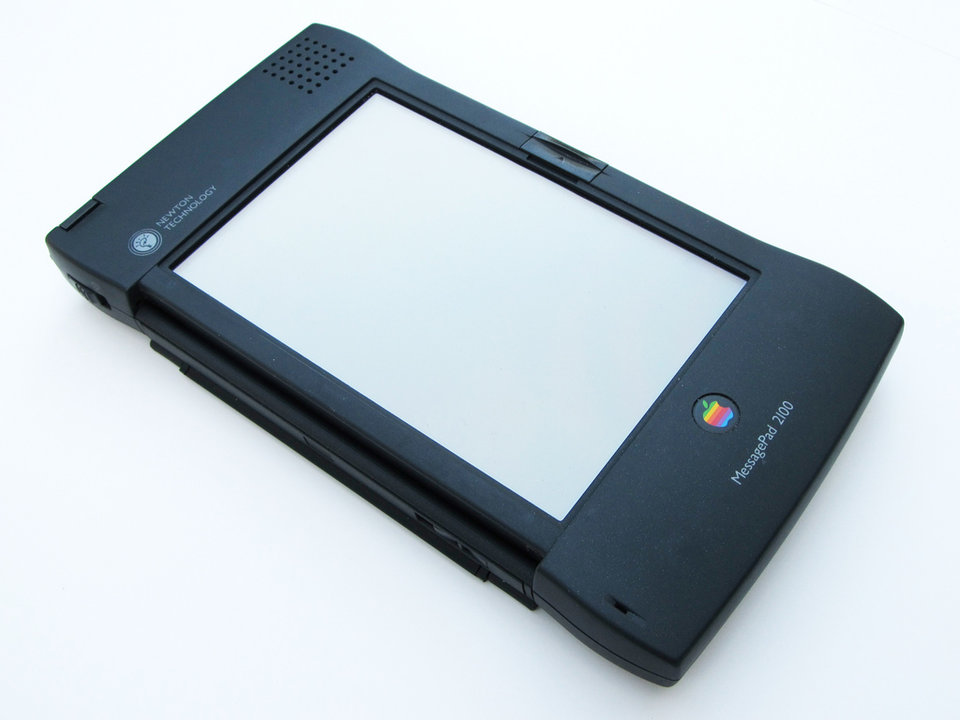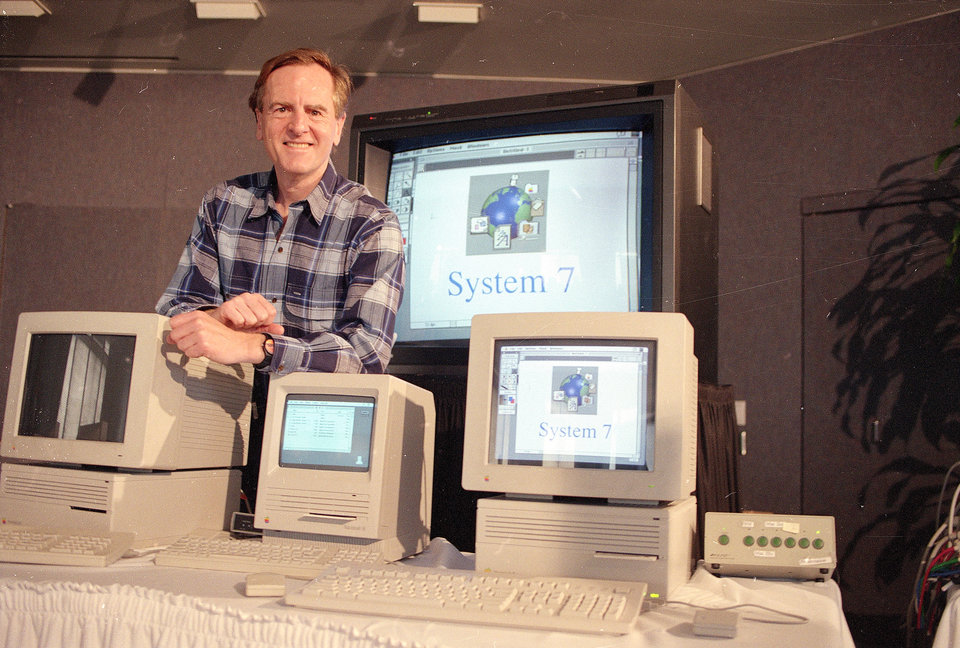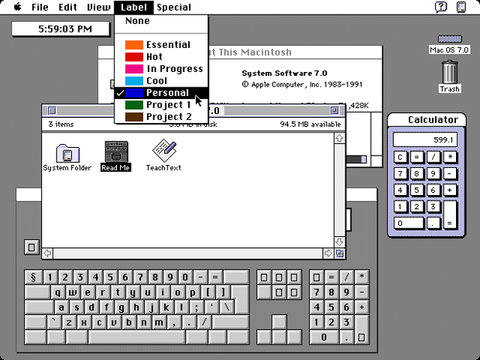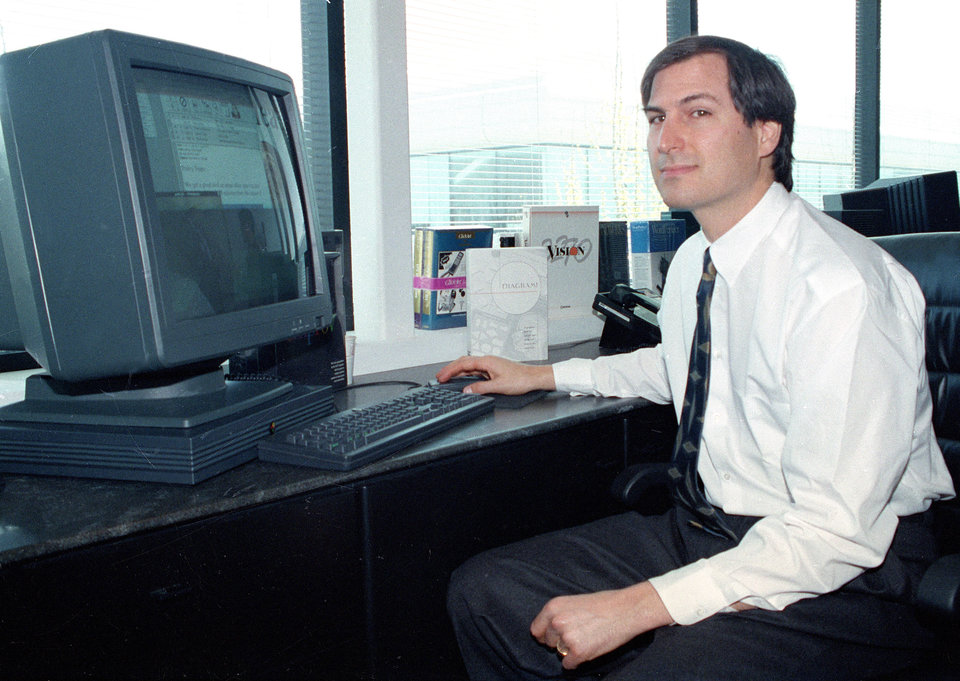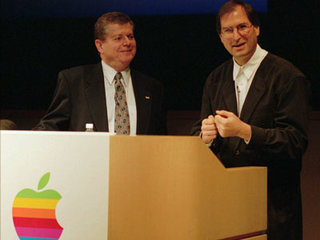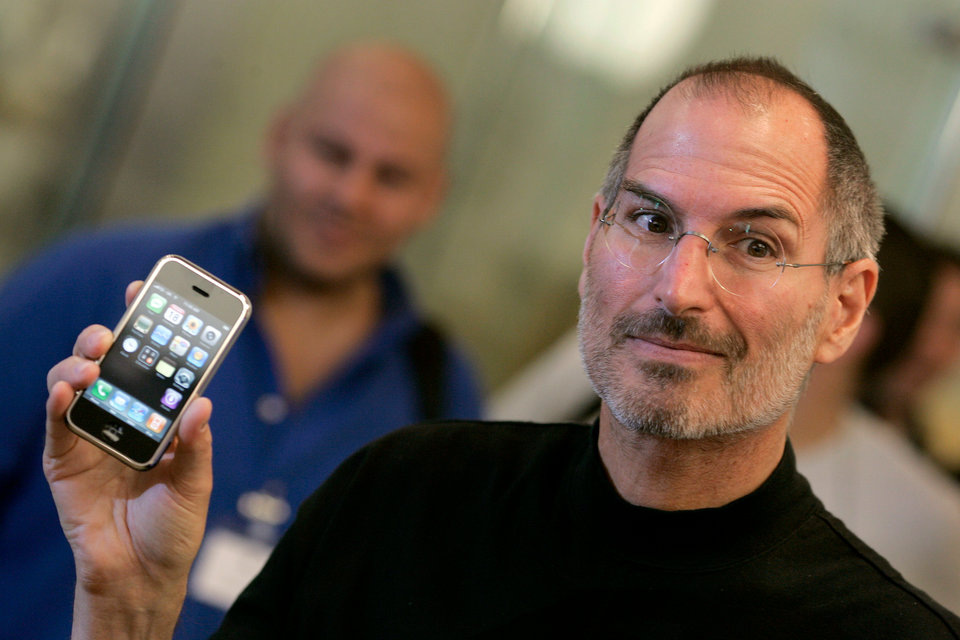Apple yesterday became the first company whose market value reached one trillion. This is a definite partial victory, but the achievement of which led to a long and thorny road. Come and remember this journey with us - from the wooden beginnings in the garage, through the threat of bankruptcy and the first smartphone to record financial results.
The Devil's Computer
Apple was founded on April 1976, 800 in Los Altos, California. Steve Jobs, Steve Wozniak and Ronald Wayne were at its birth. The third named was brought in by Steve Jobs to provide advice and guidance to his two younger colleagues, but Wayne soon left the company with a check for $XNUMX for his shares in the company.
The first Apple product was the Apple I computer. It was basically a motherboard with a processor and memory, meant for true enthusiasts. The owners had to assemble the case themselves, as well as add their own monitor and keyboard. At the time, the Apple I was sold for a devilish price of $666,66, which had nothing to do with the religious beliefs of the company's management. The "father" of the Apple I computer was Steve Wozniak, who not only invented it, but also assembled it by hand. You can see Wozniak's drawings in the gallery of the article.
At the time, Jobs was more in charge of the business side of things. He was mostly concerned with trying to convince potential investors that the personal computer market would grow to unprecedented proportions in the future and that it was therefore reasonable to invest in it. One of those whom Jobs managed to convince was Mike Markkula, who brought a significant investment of a quarter of a million dollars to the company and became its third employee and shareholder.
It could be interest you

Undisciplined Jobs
In 1977, Apple officially became a public company. At Markkul's suggestion, a man named Michael Scott joins the company and becomes Apple's first CEO. Jobs was considered too young and undisciplined for the position at the time. The year 1977 was also significant for Apple due to the introduction of the Apple II computer, which also came from Wozniak's workshop and was a major success. The Apple II included VisiCalc, a pioneering spreadsheet application.
In 1978, Apple got its first real office. Few people thought at the time that one day the company would be based in a giant complex dominated by a futuristic circular building. You can find a picture of the then Apple line-up consisting of Elmer Baum, Mike Markkula, Gary Martin, Andre Dubois, Steve Jobs, Sue Cabannis, Mike Scott, Don Breuner and Mark Johnson in the gallery of the article.
It could be interest you

Check out the gallery from BusinessInsider:
In 1979, Apple engineers visited the premises of the Xerox PARC laboratory, which at the time produced laser printers, mice and other products. It was at Xerox that Steve Jobs came to believe that the future of computing lies in the use of graphical user interfaces. The three-day excursion took place in exchange for the opportunity to buy 100 shares of Apple at a price of $10 per share. A year later, the Apple III computer is released, aimed at the business environment with the aim of being able to compete with the products of IBM and Microsoft, then the Lisa with the already mentioned GUI is released, but its sales were far from what Apple expected. The computer was too expensive and lacked sufficient software support.
1984
Jobs embarked on a second project called the Apple Macintosh. At the time of the release of the first Macintosh in 1983, John Sculley, whom Jobs had brought in from Pepsi, took over the leadership of Apple. In 1984, the now-iconic "1984" ad directed by Ridley Scott airs at the Super Bowl promoting the new Macintosh. Macintosh sales were very decent, but not enough to break IBM's "dominance". The tension in the company gradually resulted in Jobs' departure in 1985. Not long after that, Steve Wozniak also left Apple, claiming that the company was going in the wrong direction.
In 1991, Apple releases its PowerBook with the "colorful" operating system System 7. In the nineties of the last century, Apple gradually expanded into more areas of the market - the Newton MessagePad saw the light of day, for example. But Apple was not alone in the market: Microsoft was growing successfully and Apple was gradually failing. After the publication of infamous financial results for the first quarter of 1993, Sculley had to resign and was replaced by Michael Spindler, who had worked at Apple since 1980. In 1994, the first Macintosh, powered by the PowerPC processor, was released, and it became increasingly difficult for Apple to compete with IBM and Microsoft.
Back to top
In 1996, Gil Amelio replaces Michael Spindler at the head of Apple, but the apple company does not fare better even under his leadership. Amelio gets an idea to buy out Jobs' company NeXT Computer, and with that Jobs returns to Apple. He managed to convince the company's board in the summer to appoint him as interim CEO. Things are finally starting to take a turn for the better. In 1997, the famous "Think Different" campaign went around the world, featuring a number of well-known personalities. Jony Ive starts working on the design of the iMac, which becomes a real hit in 1998.
It could be interest you
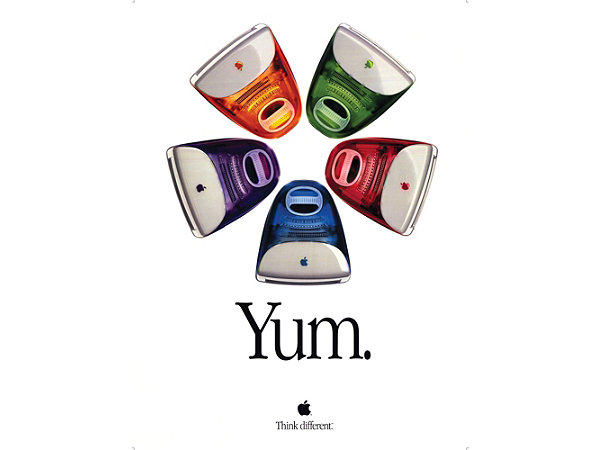
In 2001, Apple replaces System 7 with the OS X operating system, in 2006 the apple company switches to Intel. Steve Jobs managed not only to get Apple out of the worst, but also to lead it to one of the biggest winning milestones: the release of the first iPhone. However, the arrival of the iPod, iPad or even the MacBook was also a huge success. Although Steve Jobs did not live to see yesterday's milestone in the form of reaching a value of one trillion dollars, he still has a significant share in it.
Source: BusinessInsider
